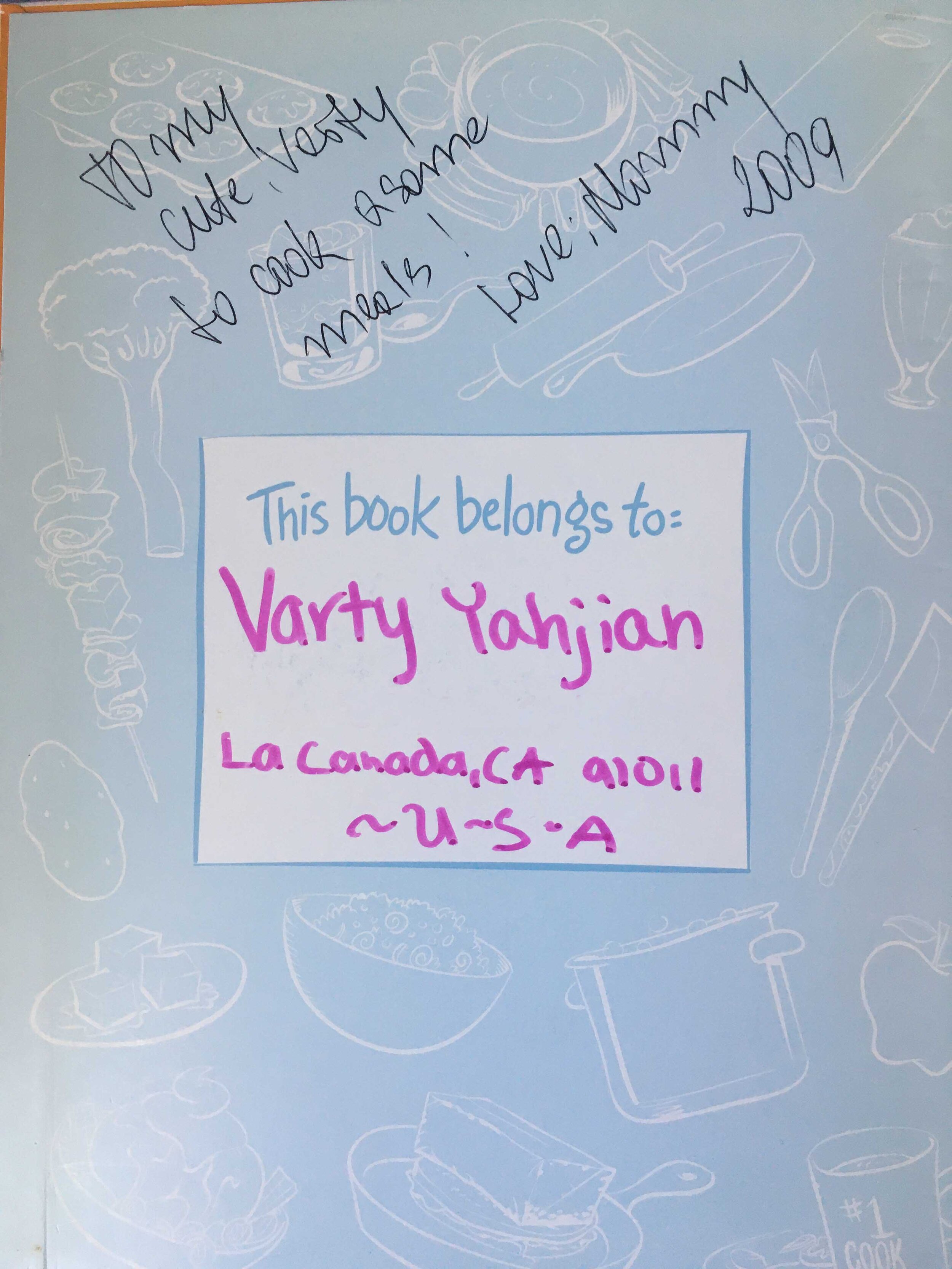As with most immigrant families, my mother is the sovereign of the stove. To her it’s an indisputable reign, making for a tumultuous dinnertime environment because over the years, I’ve relied less on her recipes as I create my own. For instance, I use stewed tomatoes and a lot of dill in our flu-season chicken soup in lieu of her usual celery and bell peppers. Like a true monarch, she loathes these types of rebellions, vexedly announcing “I’m sorry, but no, this is not how you do it!” before storming off.
When we were all younger, my mother fed the whole family, of course. I don’t know how she did it, because after working a ten-hour workday and pulling dinner together, she had to deal with my ruthlessly picky palate.
Until I was in middle school, I rarely ate anything that wasn’t potatoes, rice or macaroni. Mushrooms were smelly and pretended to be meat; buckwheat tasted like aluminum foil (yes, I said that exactly); and romaine lettuce, my final boss of hated foods, was unbearably bitter.
Regardless of protest, my mom always made sure my plate left the table clean; if not, “mekhké” — it’s a shame, as she would say — because those last few bites were my good luck charms.
Thankfully my tastebuds evolved in tweendom. Perhaps it was the feeling of unsupervised freedom after being dropped off at the mall that led me towards the food court’s salmon nigiri and fried chicken with waffles.
Or maybe my budding womanhood began to recognize how incredible it was that my mother managed to feed us every single night. I owed it to her to honor her food, especially because at this point, she was also working on the weekends. Looking back, I see that my mother’s cooking was a love-language, and I understand now why she’d get so upset when I brought back full Tupperwares of food from school.
But part of my coming around could also just be that at some point, I saw how unbelievably lame it was to be so stubborn about food.











